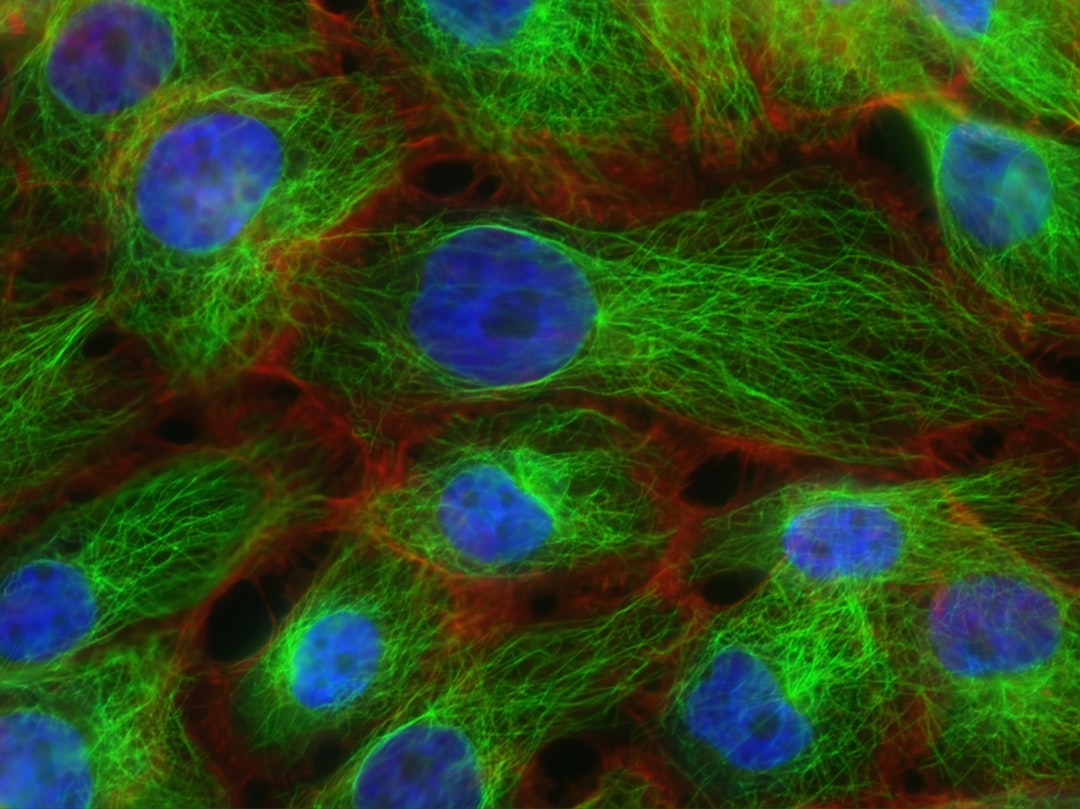What is it about?
Defects in the transport of proteins and RNA between nucleus and cytoplasm have been found to be a main contributor to disease in C9orf72 linked ALS and FTLD. We wondered whether there would be evidence in literature for a common role of nucleocytoplasmic transport defects in disease. We reviewed two decades of ALS/FTLD literature and performed bioinformatics, to come to the conclusion that this process indeed might play an important, yet underappreciated, role in the disease.
Featured Image
Why is it important?
ALS and FTLD currently remain without a cure. Nucleocytoplasmic transport was identified as a novel potential therapeutic target in C9orf72 ALS/FTLD, but our analysis indicates that such findings could maybe translate more broadly to other genetic and sporadic forms of the disease.
Perspectives
With this review we combined the extensive ALS/FTLD literature on pathology and disease models, with new insights in nucleocytoplasmic regulation and its dysregulation in disease states. This review article provides a framework of how nucleocytoplasmic transport could be implicated in ALS and FTLD, which may guide future research and therapeutic approaches.
Steven Boeynaems
Katholieke Universiteit Leuven
Read the Original
This page is a summary of: Inside out: the role of nucleocytoplasmic transport in ALS and FTLD, Acta Neuropathologica, June 2016, Springer Science + Business Media,
DOI: 10.1007/s00401-016-1586-5.
You can read the full text:
Contributors
The following have contributed to this page










